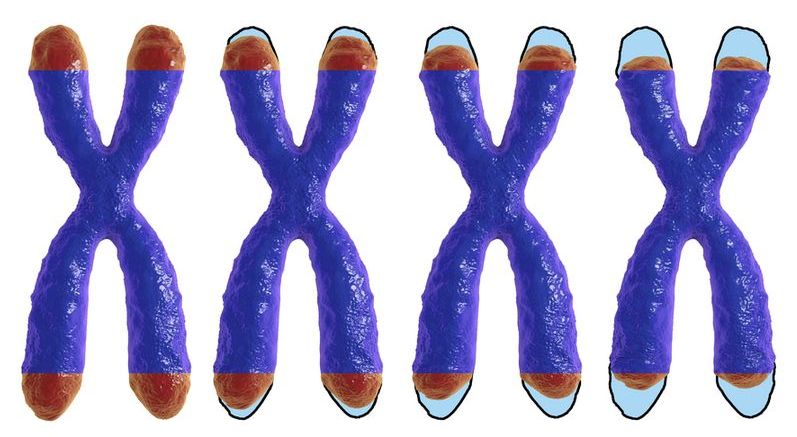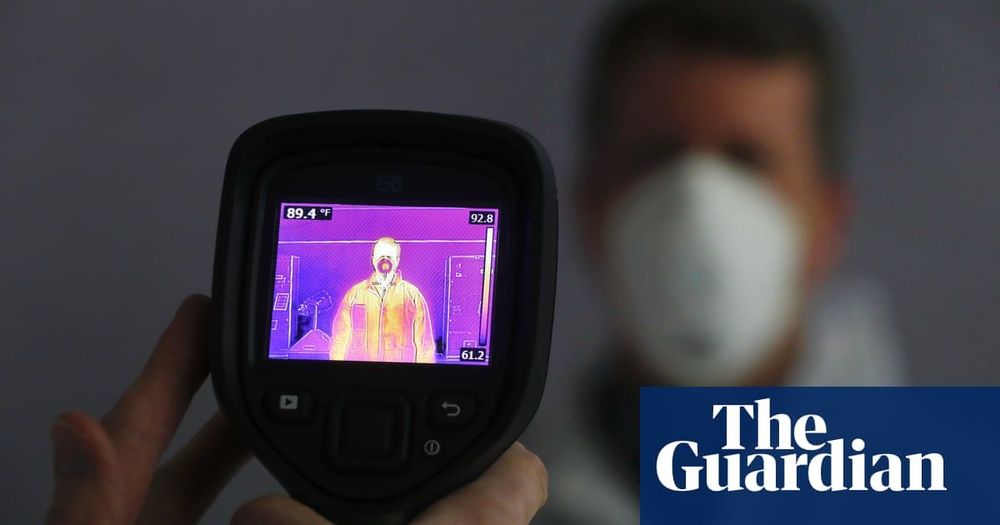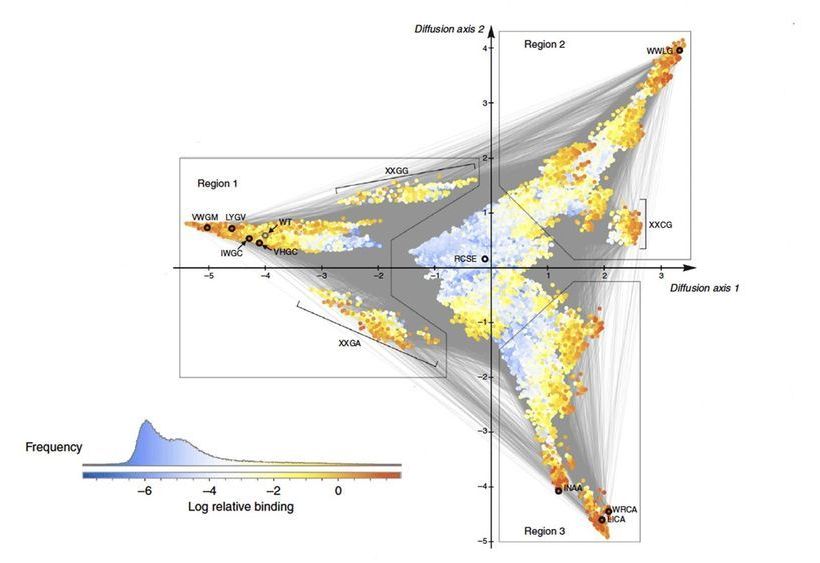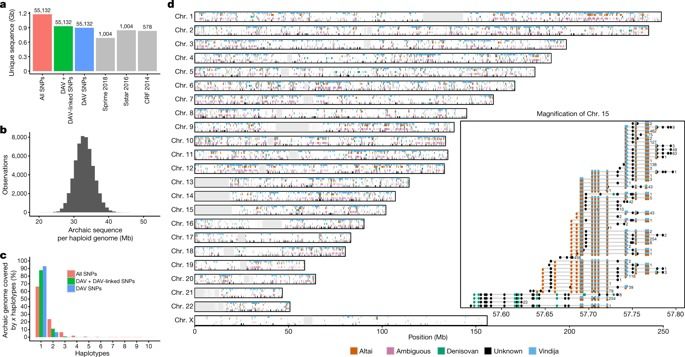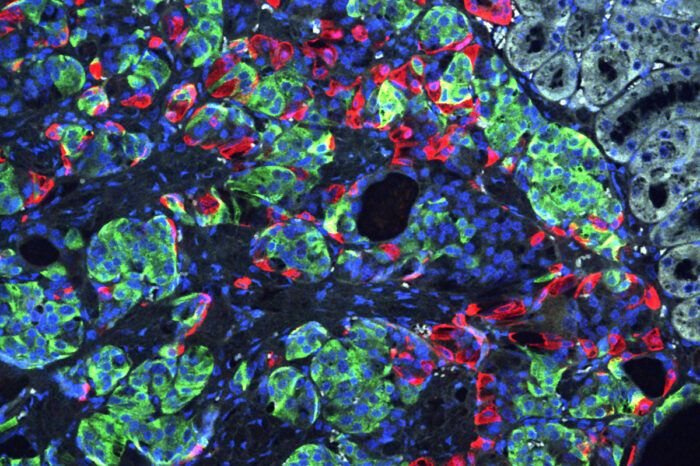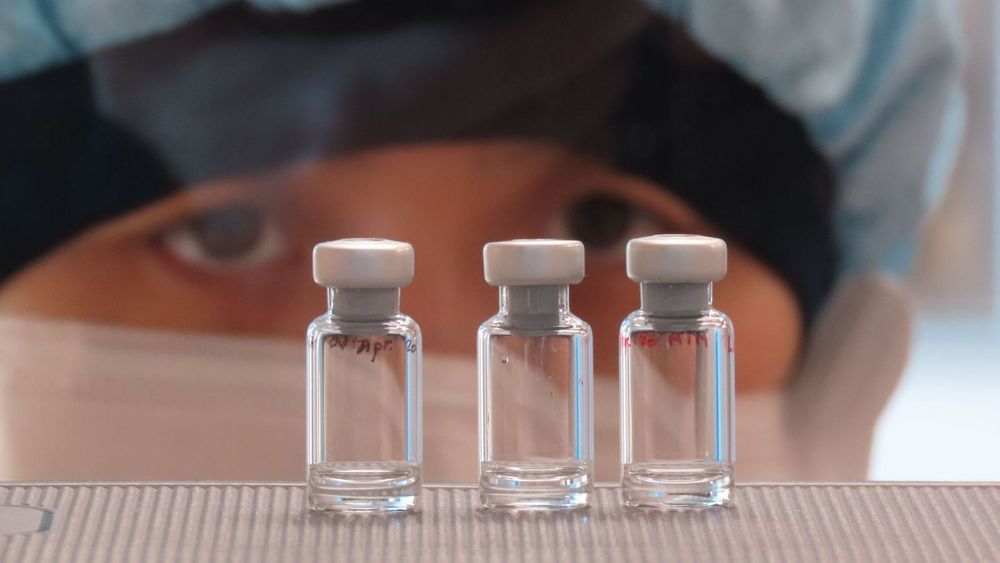Researchers have demonstrated that it is possible to restore telomerase activity in stem cells affected by telomere biology diseases, which prevent them from producing telomerase and repairing their telomeres.
Telomeres and telomerase
Each chromosome that stores our genetic information has a protective cap at each end known as a telomere, a specific DNA sequence that is repeated thousands of times. This sequence has two purposes: it protects the coding regions of the chromosome and prevents it from being damaged, and it acts as a clock that controls the number of replications a cell can make; this is known as the Hayflick limit.
